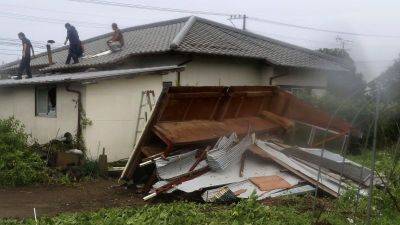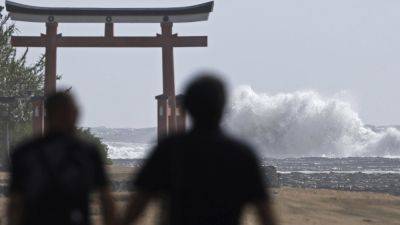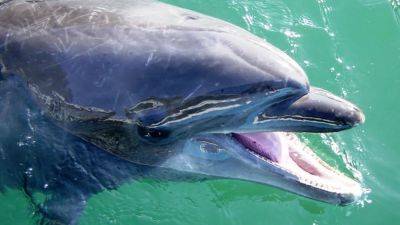Hokkaido Japan’s famous powder snow at risk, as global warming threatens tourism, daily life
To date, global temperatures are around two degrees higher than the average recorded in 1900, and there are concerns about the difficulty of reversing this trend or even stabilising current levels.
The scientists’ research, published in the Journal of Applied Meteorology and Climatology in July, examined the composition of snowflakes in Hokkaido and Honshu. The researchers found, ice particles in the colder atmosphere above Hokkaido absorb water vapour and develop into shapes such as needles, plates or dendrites.
These delicate flakes fall as smoother and lighter snow, commonly found in Hokkaido.
In Honshu, by contrast, snowflakes are typically formed by crystals that attract rime – a coating of tiny, frozen water droplets from the air – which makes them heavier and more similar to soft hail.
Powder snow is considered ideal for winter sports because it allows skiers and snowboarders to glide smoothly and float on the surface, making turns easier and falls softer .
The academic team of four concluded that, “In the future, the riming process would become dominant for solid precipitation particles. This is similar to the conditions observed for solid precipitation over Hokuriku [along the Sea of Japan coast of northwest Honshu], which belongs to the temperate zone.”
The researchers added that “Solid precipitation would change to liquid precipitation in the future.”
In an interview with the Asahi newspaper, Yousuke Sato, an associate professor of meteorology at Hokkaido University, said the consequences of such a change could be dramatic.
“Hokkaido is popular among winter sports enthusiasts for its fluffy and light snow, but we need to think about what to do with tourism if the quality of snow changes,” he said. “If the snow becomes







